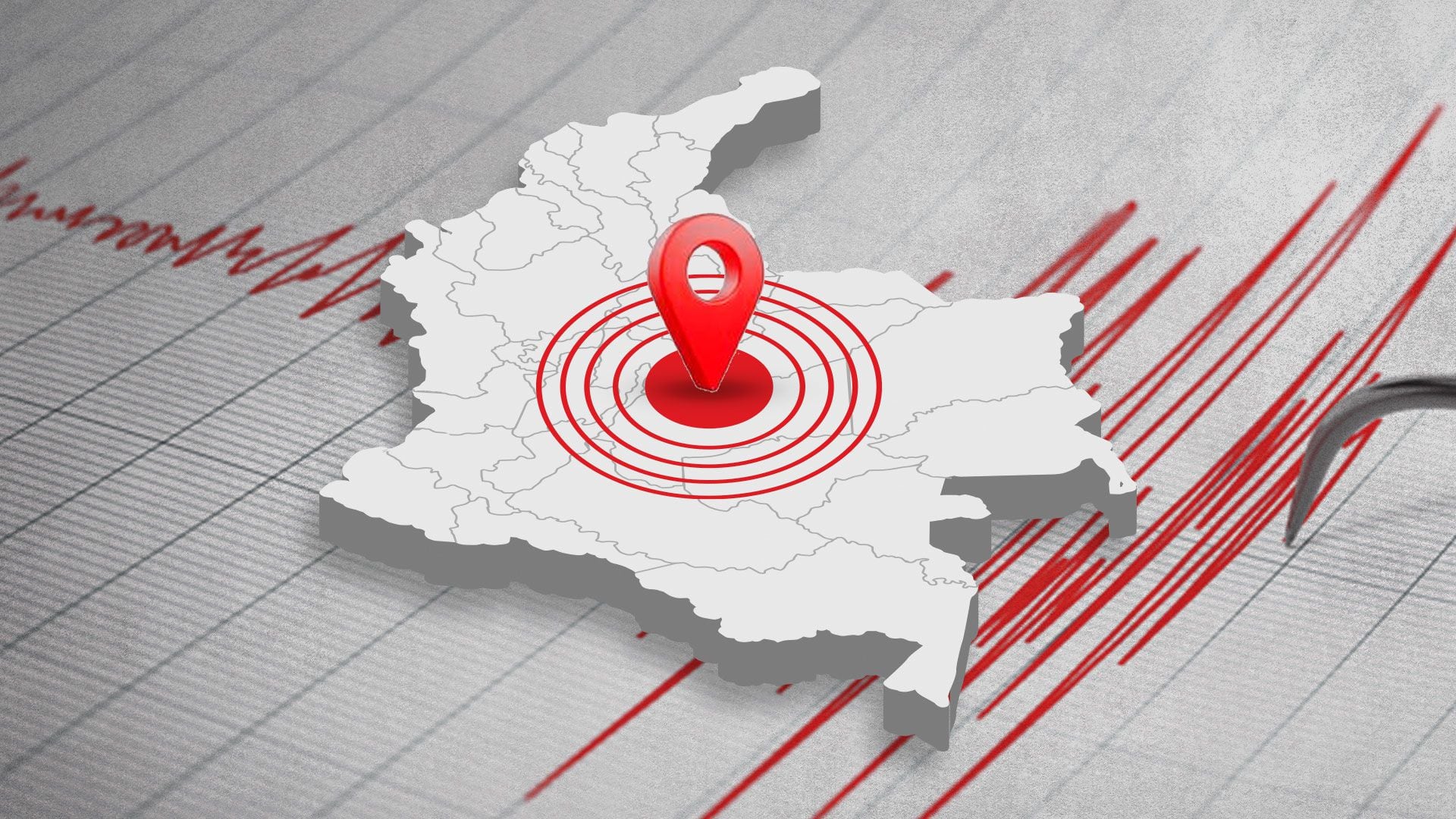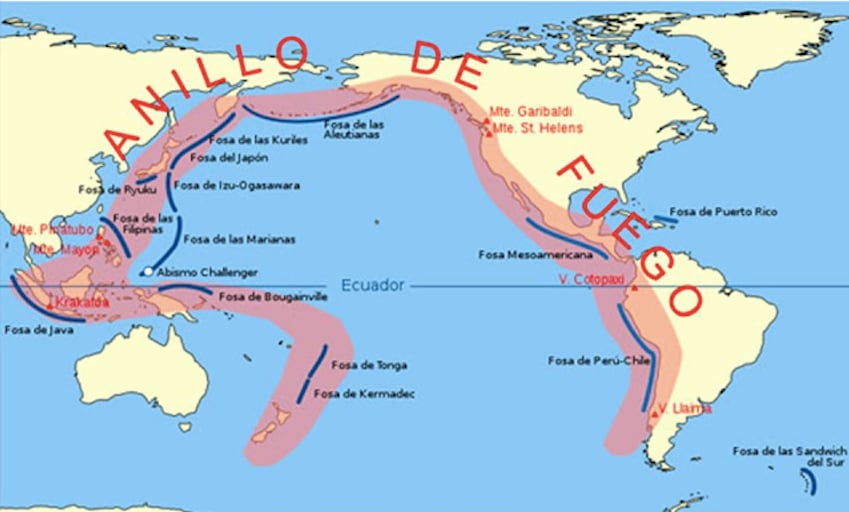Earthquake in Colombia this October 7: magnitude and epicenter of the last tremor
[ad_1]

He Colombian Geological Service (SGC) reported a shaking of magnitude 5.5 this October 7, which occurred in the municipality of Acaciascorresponding to the Meta department.
According to the SGC report, the earthquake began at 01:49 (local time) and had a depth of 11 kilometers, with a latitude of 34.5414 and a longitude of 61.9547.
In Colombia the earthquake intensity It is measured with the European Macroseismic Scale (EMS-98), which starts from intensity 2, described as “barely meaning” by very few people at rest; level 3 is classified as “slightly felt”where there may be swinging of some objects.
An earthquake is considered intensity 4 when it is “broadly felt” by many people inside buildings and by few outside. Windows, doors and dishes vibrate. At level 5, “strongly felt”small objects move, there is a swing of doors or windows and slight cracks may be recorded in buildings or houses.
Type 6 intensity implies a “slight damage”, in this range some people can lose their balance; Some objects fall and many buildings have minor damage. Level 7 occurs when there is a “moderate damage”That is, heavy furniture can move and many buildings have cracks and coatings may fall from the walls.
Finally, at intensities above 7, a “severe damage”: In this type of earthquake many people have difficulty standing; heavy objects fall; and old, weak structures can collapse.

Colombia is considered a country of high seismic risk because it is located in the Pacific Ring of Firean area that concentrates 75% of the volcanoes that exist in the world and where approximately 80% of the volcanoes occur. strongest tremors worldwide.
Also called the Pacific Ring of Fire, it is made up of the mountainous area of western Argentina, Chile, Peru, Ecuador, Colombia, Panama, Costa Rica, Nicaragua, El Salvador, Honduras, Guatemala, Mexico, the United States and Canada, and then turn around the Aleutian Islands and go down the coasts and islands of Russia, Japan, Taiwan, the Philippines, Indonesia, Malaysia, East Timor, Brunei, Singapore, Papua New Guinea, Solomon Islands, Tonga, Tuvalu and New Zealand.
In the specific case of Colombia, the country is located in two important subduction areas, since on the one hand it has the Nazca plate with the South American and this last one that also collides with the Caribbean platewhich causes it to tremble constantly.
Given this situation, the departments of Nariño, Chocó, Caldas and Santander are the places where it trembles the most; In the latter is the municipality of Los Santos, which is the second most seismic area in the world.
Ecuador-Colombia of 1868
Two earthquakes originated in the border area of Ecuador and Colombia on August 15 and 16, 1868, with magnitudes of 6.3 and 6.7, the latter being the most deadly with a duration of almost a minute of movement.
The first of them was recorded in the towns of El Ángel and La Concepción; while the second earthquake left the Ecuadorian city of Ibarra completely destroyed. It is believed that this movement caused around 70 thousand victims, counting deaths and injuries in both countries.
Cúcuta earthquake of 1875
Also known as the Andes Earthquake, this earthquake originated on May 18, 1875 and had a magnitude of between 7.5 and 8.5 in Cúcuta, although it also had repercussions in the neighboring Venezuelan state of Táchira.
Although some claim that the number of victims of this earthquake reached 3,000, at least in the affected area of Colombia only 461 bodies were found. From this earthquake, hot springs also appeared from the sites today known as “Agua Hedionda”, “El Tampaco” and “Aguas Calientes”.

1906 earthquake and tsunami
An 8.8 magnitude earthquake struck the province of Esmeralda in Ecuador, bordering Colombia, on January 31. This movement generated a tsunami that left 1,500 dead. According to information from the SGC, the waves reached five meters high and left the Colombian region of Tumaco underwater.
1994 Páez earthquake
The earthquake originated in the foothills of the Central Cordillera of the Cauca Andes, in southwestern Colombia, on June 6, 1994. It had a magnitude of 6.4 and left around 800 people dead, mainly the inhabitants of the settlements. close to the Páez River. This is considered the second deadliest in the country’s history.
Coffee Axis of 1999
Considered the worst earthquake in the country’s recent history, this earthquake affected the departments of Quindío and Risaralda in Colombia, leaving more than a thousand people dead.
The earthquake occurred on January 25, 1999 with a magnitude of 6.2. Several hospitals were affected and resources to deal with the emergency were limited. The earthquake left four thousand people injured and nearly 500 missing.
Around eight thousand coffee farms were completely or partially destroyed, also 13 thousand structures of many types of companies and industries were affected.
[ad_2]
